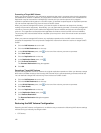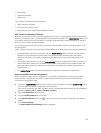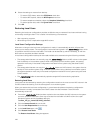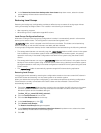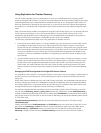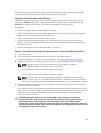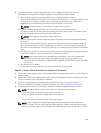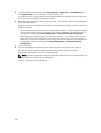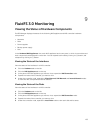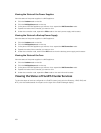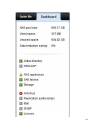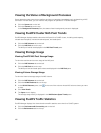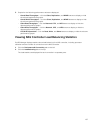
5. In the NAS Manager web interface, select Data Protection → Replication → NAS Replication and
click Replicate Now for all the volumes in cluster B (B1, B2, .., Bn).
If the replication fails, fix the problems encountered and restart the replication process. Ensure that
all the volumes are successfully replicated to cluster A.
6. Delete the replication policy for all the volumes (B1, B2, .. Bn) and apply source volume configuration
from cluster B to cluster A.
Repeat this procedure to delete all the replication policies and bring all target volumes in cluster A to
standalone volumes.
– When deleting the replication policy from the destination cluster B — FluidFS replication manager
tries to contact source cluster A, which fails. The volume on destination cluster B must have its
configuration restored using Cluster Management → Restore NAS Volume Configuration.
– When deleting the replication policy from the source cluster A — You will be given an option to
apply the source volumes configuration to the destination volume. If you do not remember to
select this, or it fails, the configuration of the source volume from cluster A can be restored onto
the destination volume on cluster B using Cluster Management → Restore NAS Volume
Configuration.
7. Log on to cluster A.
8. From the NAS Manager web interface, restore the NAS system configuration from cluster B.
This changes cluster A global configuration settings, like, protocol setting, time setting,
authentication parameters, and so on to cluster B settings.
NOTE: If system configuration restore fails, manually set them back to the original settings (use
the settings for cluster A that you saved earlier).
Cluster A is restored to its original settings.
150



